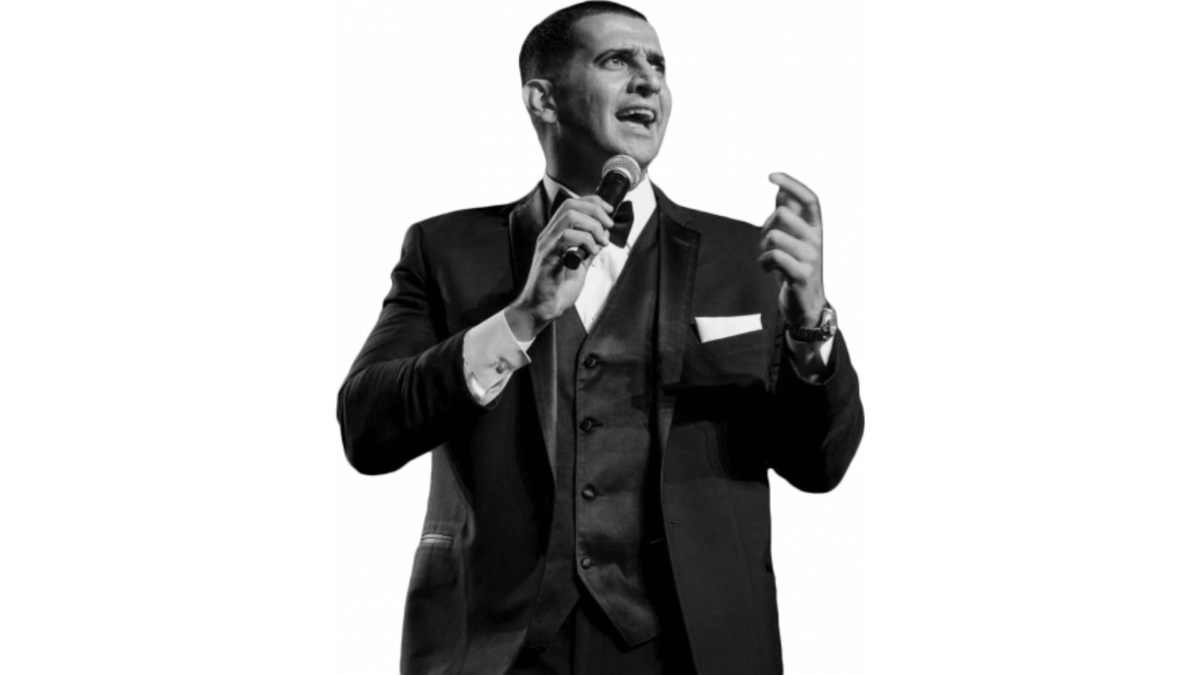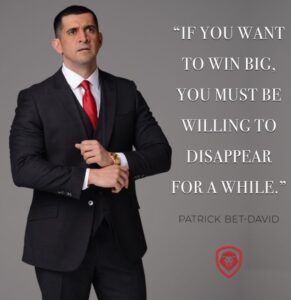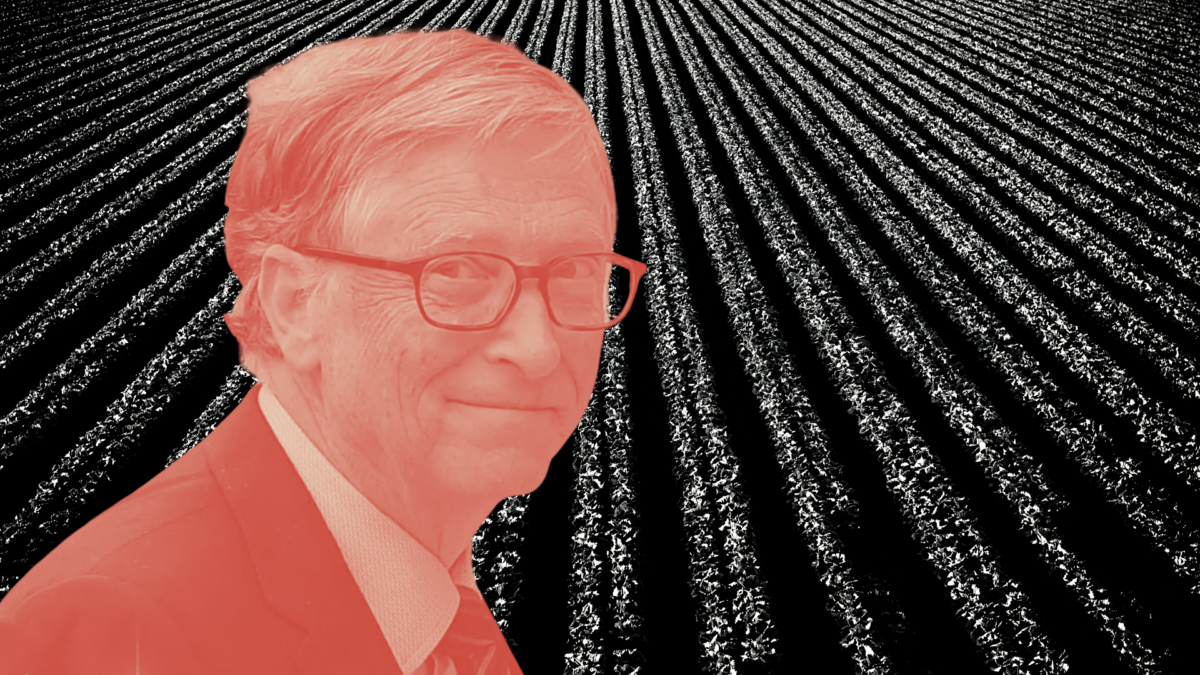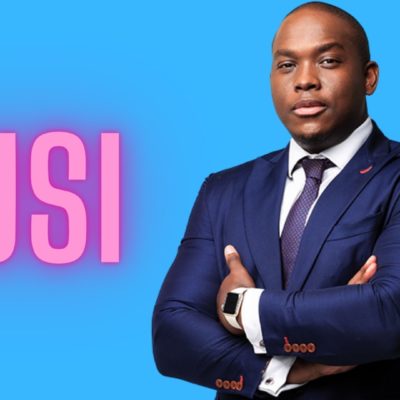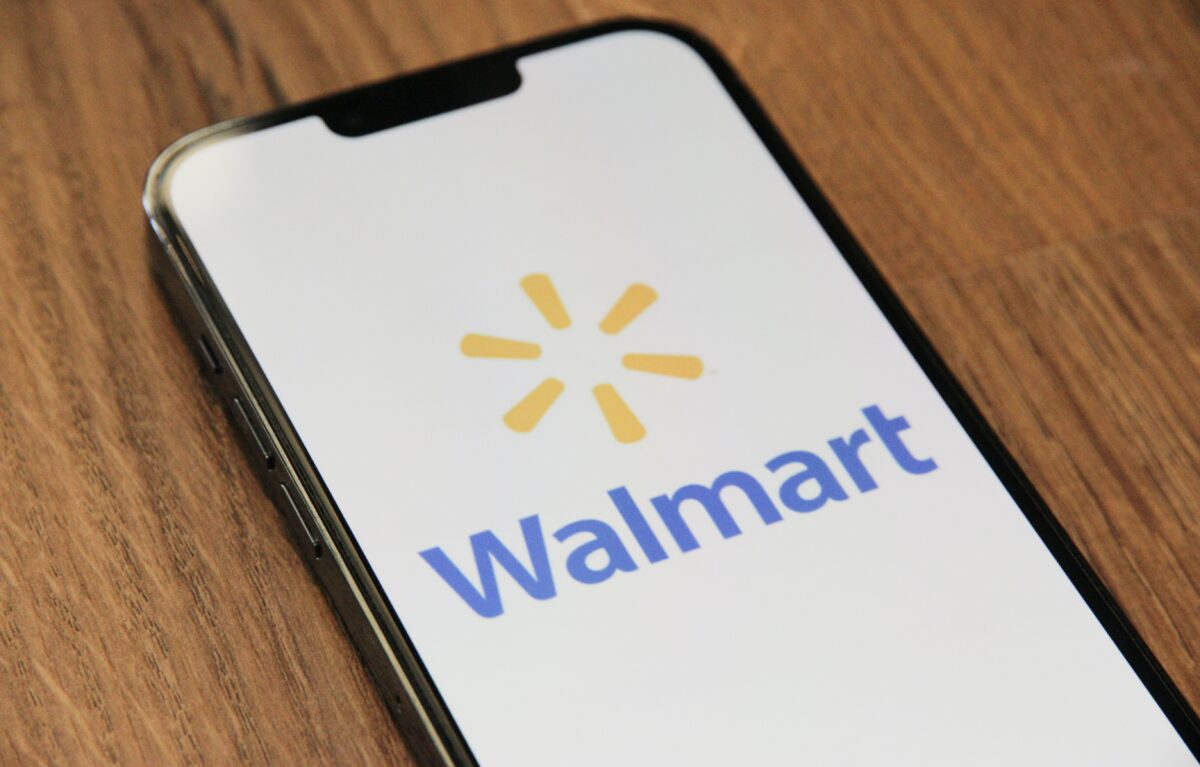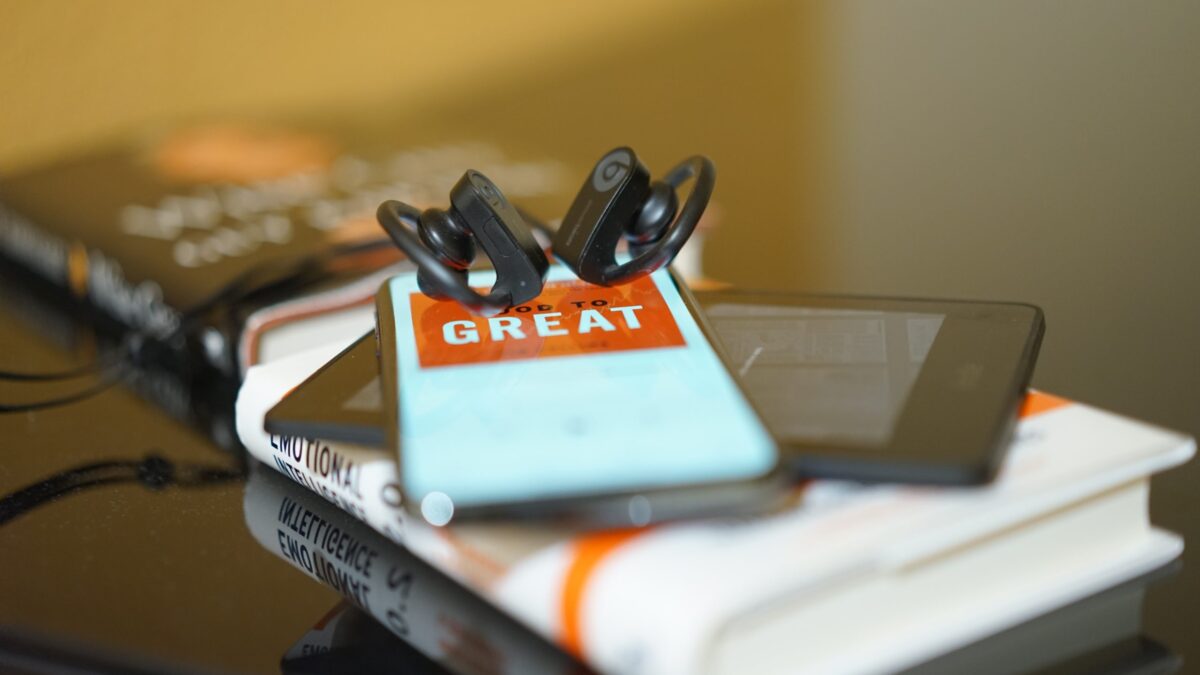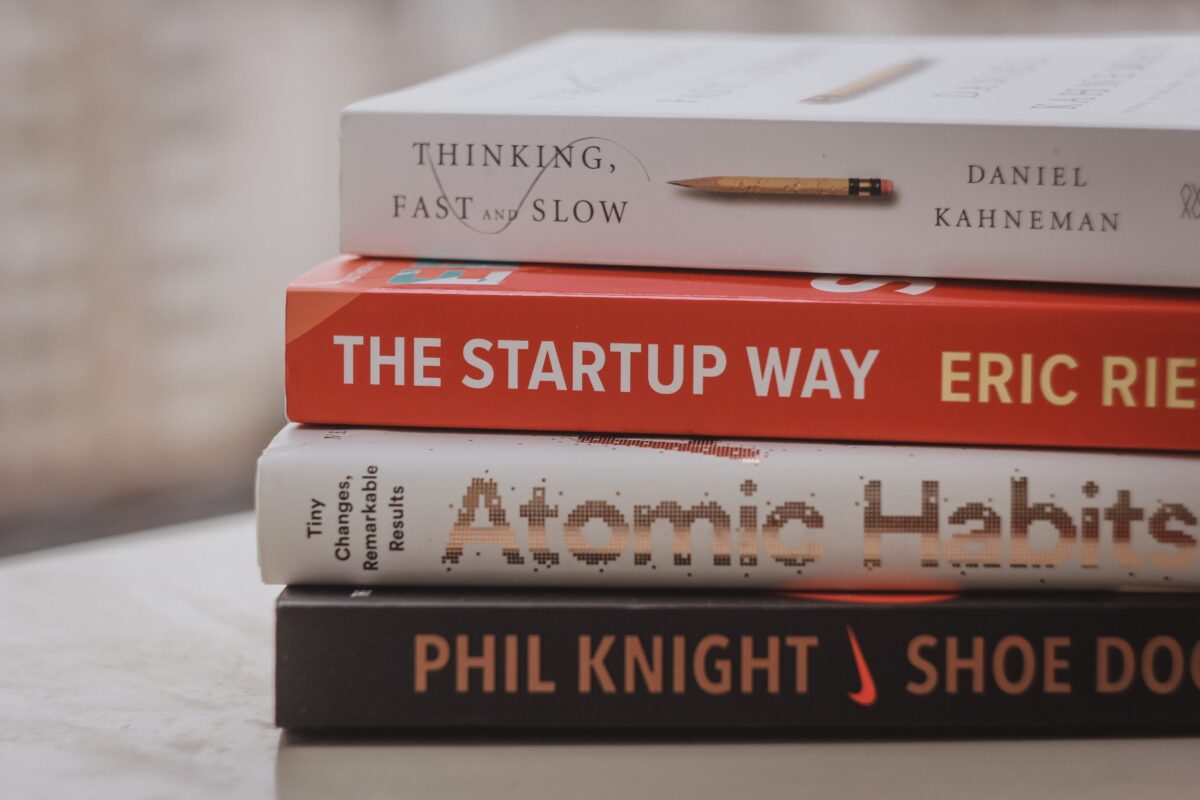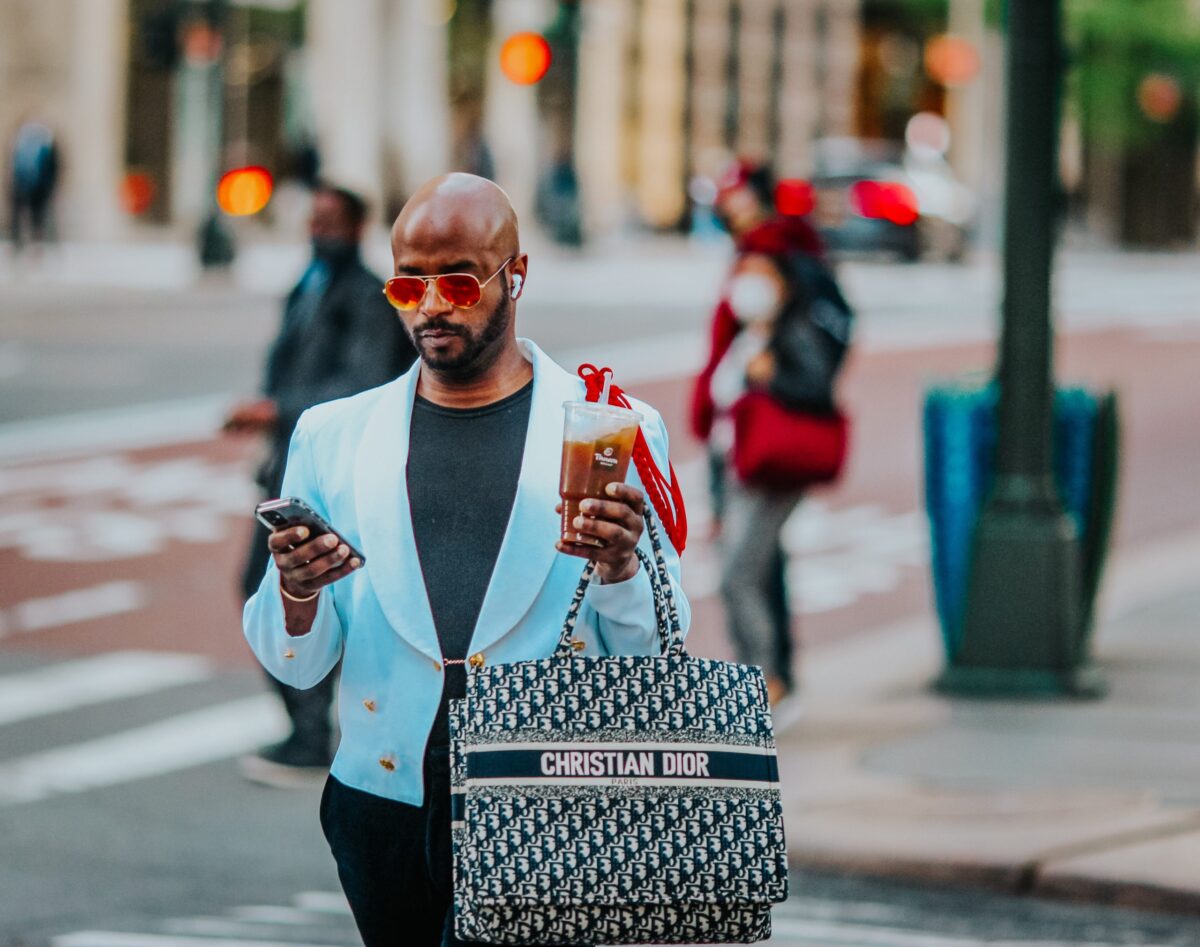There’s probably a few things you didn’t know about Walmart, like for fact that in 2014 alone, Walmart generated more than $100 billion in sales than any other U.S. company.
Their workforce is now almost the size of the Chinese army. They make $1.8 million every hour.
Each week nearly one-third of the U.S. population shops in one of their 10,500 stores.
They’re recognized as the largest retailer on the planet with gross revenue larger than its top 4 biggest competitor’s combined. Their market value is currently around $386 billion dollars and rated the 24th most valuable brand in the world.
Here’s the story of how Sam Walton built one of the most globally recognized brand in the world.

This is the Story of How Sam Walton Created Walmart…
Sam Walton Had to Grow Up Early
Sam Walton was a pretty typical American kid. He was the quarterback of his high-school football team, distinguished eagle scout, and voted by his high-school classmates as the “most versatile boy”.
He established leadership skills from an early age.
Growing up in the Depression era, the young Walton was forced to take on many jobs to make ends meet. He sold magazine subscriptions, delivered newspapers, and milked the family cow and sold the surplus.
He grew up in an era when growing up started early.
But hard times build hard people and Walton would soon build one of the largest business venture on the planet while providing jobs to over 2 million people.

After graduating high-school, Walton went to the University of Missouri as an ROTC cadet where he studied commerce in an attempt to better support himself and his family.
He applied to the Warton School of Business for college but couldn’t actually afford to go, so he never did..
Sam Landed a Job in Retail. Then the War Started
Walton eventually graduated from Missouri in 1940 with a bachelor’s degree in economics, an education he would soon put into practice.
He received his first taste in the retail business when he went to work as a trainee at JP Penny’s in DesMoines Iowa.
His pay at the time was just $75 month.
This is where Sam began his life-long study of the retail business. But unfortunately, Sam’s early career at Penny’s was cut short due to the second World War.
In 1942 he was drafted into the United States Army where he served stateside (due to a heart irregularity) as a communications officer in the Army Intelligence Corps.
By the time he was released from the military in 1945, Walton had a wife and child to support. It was time to make some money.
Next, Sam Launched His First Business Venture
At the age of 27, Sam took the first major financial risk of his young career when he and his wife Hellen.
They purchased a branch of the Ben Franklin Store from the Bert Lab Brothers on a $25,000 loan he borrowed from his father in-law.
Ben Franklin was a franchisor with an established process of doing business. But Sam was driven by a vision of a slightly different business model. Walton’s idea was to gamble on slashing the profit margins on his products to pass the savings to his customers in return earning a higher sales volume.
According to Walton, there was only one boss, the customer. He believed the customer could fire everyone in the company simply by spending their money anywhere else.
He became determined to convince a majority the world’s retail customers to become his.
His intuition proved correct, the model worked. In the first year of operations his sales increase by 45% with total revenue of $105,000. He was able to pay off the loan he owed his father-in law by year three.

They sold $250,000 by their 5th year in operation.
Walton Was Fascinated With This New Trend
It was now around the 1950s, the American post war economy was booming, housing prices were low, and America was beginning it’s baby boom.
The depression era was over and the new generation was ready to spend their hard-earned money on consumer goods. Walton focused his efforts on supplying the new shopping generation with savings. He continued to lower profit margins and in turn he experienced higher foot traffic in his stores.
It was around this time he deployed a new concept in retail; self-service.
While it wasn’t his original idea he was just one of the early retailer to deploy the concept. Instead of having sales clerks go to the back of the store to source inventory for customers, he could have customers pick out the products for themselves.
Sam widened the isles in his stores putting all products within grabbing distance for eager-eyed customers.
It was a hit, instantly tripling his sales.

Who The Hell Thinks to Buy a Bank?
Not only did self-service pad his bottom line it played into his growing business model to become the low cost leader in retail. For Walton, self-service meant he could have fewer employees.
With fewer employees meant that he could charge even less.
With momentum gaining, Sam was a beginning to become a big fish in his small pond of Arkansas. As Sam’s success grew, so too did his vision and bold moves.
In 1961 Sam and Hellen Walton made a power chess move to purchase a controlling interest in the Bank of Bentonville Arkansas, effectively allowing Sam to lend himself money as he expanded his operations.

How Walmart Began
By 1969, Sam’s location became Ben Franklin Store’s largest franchisee.
That same year he went to Ben Franklin’s headquarters to pitch them on a new idea to expand their discount stores to a new territory and demographic. Walton wanted to launch a chain of large discount stores targeting rural towns.
Sam believed that large discount stores would thrive in small towns of less than 10,000 people.
Growing up in small town America in Oklahoma and Arkansas, Sam knew hardworking Americans were bargain hunters. If products were sold at the lowest price, sales would increase and so would the store’s revenue.
But the executives at Ben Franklin didn’t want to take the risk and opted to pass on his offer (big mistake) to invest in the idea of small town discount store chains.

In the Beginning, No One Believed Him
It wasn’t just the Ben Franklin execs that doubted the business model. It was the entire industry.
Sam’s competitors thought his idea that a successful business could be built around offering lower prices and great service would never work.
Undeterred, Sam self-fund his idea and put his money where his mouth was. He was sure it would work, his wife Hellen did too.
They co-signed and mortgaged virtually everything they had owned in order to finance a new chain store.
That Didn’t Stop Him. Then This Happend
With his family now in debt up to their eyeballs, Sam launched the grand opening of the very first Wal-Mart Discount Store.
It was twice the size of their Ben Franklin store and it wasn’t an overnight success. But Sam and his team learned and improved quickly and constantly.
They soon grew to 25 employees.
One store grew into five. Within its first 5 years of operations the franchise had 26 stores doing $12.6M in sales. By 1972 the company was incorporated as Walmart Stores INC and was shortly thereafter listed on the NY stock exchange as a publicly traded company.
The 70s watched Walmart soar in expansion and growth.

Sam Became Obsessed With Improvement
Sam was up before the sun came up most days, getting on the road to check in on his stores.
The man worked long hours, when he came home he would eat dinner and read most of the evening. Sam studied every retail publication and insights he could get his hands on. He was obsessed with learning and improving.
In his popular business book, Made in America, Sam shared about a time he was held in a Brazilian prison for a night for attempting to “spy” on a Brazilian retail store.
As the story goes a handful of Brazilian businessmen attempted to connect with various successful American business owners and sent them letters in the mail to arrange meetings.
But no one responded to the Brazilians except one. Sam.
He Got Arrested in Brazil
Walton invited the foreign retail executives to his home in Arkansas where they ate dinner and spent time together. He secretly wanted to know if he could, in turn, learn anything from them.
Sam and the Brazilian business owners kept in contact, and Sam later decided to visit them down in Brazil, where he was arrested.
As it turned out, Sam visited their retail locations and the police found him on his hands and knees with a measuring tape to test the size of their isles. He was measuring the widths of the isles in an attempt to see if the Brazilians knew something he didn’t about optimizing isle size to increase sales.

Walton Was Playing Chess While Everyone Else Plaid Checkers
Walton was obsessed with learning and learning from his competitors. He spent a tremendous amount of time in their stores (often disguised in sunglasses and a ball-cap).
He was constantly comparing the prices of goods being sold between his competitor’s locations and his.
If they were offering lower on prices on their goods than any of Wal-Marts he would phone the stores and immediately remedy the situation. For Walmart’s strategy to work they had to offer the lowest cost to their consumer.
Always the Family Man
Sam Walton didn’t just have a knack for business. He was also a family man with a big heart for his country, faith, and family.
His wife Hellen made a point to make sure the children didn’t miss out on their time with their father while he was expanding the business.Being on the road as much as Sam was in the early years he would make up his time with his family by taking them on month long vacations camping in the Ozark mountains.
On one memorable summer camping trip to northern NY, the family passed through Manhattan, stopping at a Broadway show with a canoe strapped to the top of their car.

Walmart’s Early Hiring Philosophy:
When Sam wasnt with his family he was with his employees. Who he was always the first to credit for Walmart’s success.
Sam believed that the front line employees were the ones who interacted with the customers and had access to the critical information about the health of the growing organization.
To attract employees to his organization early on, he drafted a generous benefits package that included Mal-Mart stock for full-time workers. But he instantly ran into a problem. Most of his employees were part time clerks who did not qualify, earning a little more than minimum wage.
It was Sam’s wife Hellen, who suggested he make the stock benefits available to all employees.
She argued that if they were going to share profit across the organization they must do it to all employees. Sam didn’t agree in the beginning but Hellen was persistent and he agreed to open the benefits plan to all employees.

Walmart Focused on Growing Their Team
Given the enormous profits to come for the growing company, employees couldn’t predict their good fortune for those who joined early on.
One retired Wal-Mart truck driver for example, who had been with the company from 1972-1992, stated that after 20 years employment, on retirement he received a compensation check in the mail for $738,000! due to the growth of his stock interest.
Over 3,500 employees at that time became associated in one of the most lucrative profit sharing programs in American business.
The company grew to 191 stores by 1977. By 1980 there were 276 stores across the country and reached and annual sales milestone of $1B for the first time in Walmart history.

Explosive Growth:
The 80s ushered in even more growth for the quickly rising enterprise with its acquisition of 91 BigK retail outlets in the Southeast. This merger officially turned Walmart into a national discount chain.
In 1983, Walmart creat Sam’s Club as a Walmart subsidiary. By 1987 they were operating 1,198 outlets, 200,000 staff, and $15.9B in sales.
Later that same year the company invested into the use of a new technology when they completed they invested in the largest private sector satellite communications project in the US.
They Bought a God Damn Satellite?
The satellite connected every store inventory and sales data across all nation-wide operating units with the general office. One can only assume Walton was gearing up to go global. He must have realized data centralized data would be mission critical.
They needed a way to track what products were selling at each store in each season to maximize the efficiency of their inventory.
In 1988 Walmart opened its first SuperCenter that included a supermarket and general merchandise store.
They also launched their first international operation in Mexico. Then to South America and Europe markets shortly thereafter. Bumping up Walton’s personal net worth to around $23 billion around this time.

Commitment to Service and Values:
By the 1990s Walmart was the largest retailer surpassing the legacy SEARS organization.
In 1992, Sam Walton received the Presidential Medal of Freedom from President George H.W. Bush for “his strong commitment to service and to the values that help individuals, businesses and the country succeed.”
This is the highest honor a citizen can bestow on a private citizen in the US.
It was during his acceptance speech that Sam first publicly expressed Walmart’s proud mission:
“If we work together, we’ll lower the cost of living for everyone. We’ll give the world an opportunity to see what it’s like to save and have a better life.”

Leaving a Legacy
Sam Walton passed away several months after receiving the Presidential Medal of Freedom from a long battle with cancer. While he’s no longer here, his legacy remains prosperous.
To this day, Walmart remains a leader in the retail industry.
His immediate family owns just under 50% of the company and have become the wealthiest family in America with combined wealth of over $225 Billion as a result of growing the largest chain of discount retail stores in the world.
Sam Walton had a vision to supply consumers with the most products at the lowest cost. He built his dream into an empire from 1 simple store in Arkansas to almost 12,000 stores, under 56 operating names across 26 different countries in less than 60 years.
Walmart currently employs 2.2 million jobs globally and 1.5 million in the US alone.
This Was Walmart’s Business Strategy:
The company’s entire strategy was to focuses on being the low cost leader. It’s a high risk high reward gamble to achieve the highest market share.

Walmart invested heavily to track database inventory by store and season to understand how to prepare each location inventory.
This allows the retail machine to overcome what frontline calls one of retails biggest problems: Getting the right mix of products in each store to generate the highest sales volume.
Giving Walmart yet another advantage to keeping its costs as low as possible.
In addition to taking advantage with tech and data, Sam Walton was one of the first business executives to recognize the importance of the Asian labor market. Today 80% of Walmart’s come from low-cost asian suppliers.
This enabled Walmart to moved manufacturers from a push production to a pull production model.
How Walmart Changed the Entire Manufacturing Industry
Before Walmart, manufacturers would decide what to produce and attempt to get retailers to buy it (that’s push production).
Walmart engages in pull manufacturing. Due to Walmart’s inventory database tracking on what is being sold, they can dictate to manufacturers what to produce and when. Instead of the other way around.
Their extreme pull demand has allowed it to influence and dictate the supply chain prices, forcing manufacturers to set up shop in Asian labor markets to lower the cost and insure their products show up on Walmart’s shelves.
While this process has squeezed profit margins for manufacturers, the low cost benefit to Walmart’s consumers is still part of their mission and commitment to consumers to “save money and live better.”
Their Global Strategy Is So Sneaky, It’s Borderline Genius!
Another reason Walmart has been effective around the globe is they’re strategic about entering foreign markets. When operating abroad they drop their US name brand and logo.
They in fact now operate under 56 different names in over 28 countries.
When entering new markets the don’t just kick the door in pushing Walmart, they make strategic acquisitions and actually just operate under their existing name brands.

Strategy Summary:
The advantage of Walmart charging a lower price but selling a larger volume has allowed the company to maintain its profits and expand its market share dramatically.
The disadvantage in the low cost approach is that focusing on cost reduction and cheap manufactured products can make the company lose sight of evolving customer tastes and preferences over time (Target).Being the low cost leader has enabled Walmart explosive growth.
But if you If you can’t be the cheapest there is zero strategic advantage of being the second cheapest. Just ask any of Walmart’s competitors.
That’s what makes it a bold gamble. But it is clear the for the moment, Walmart is the biggest retail brand in town.



